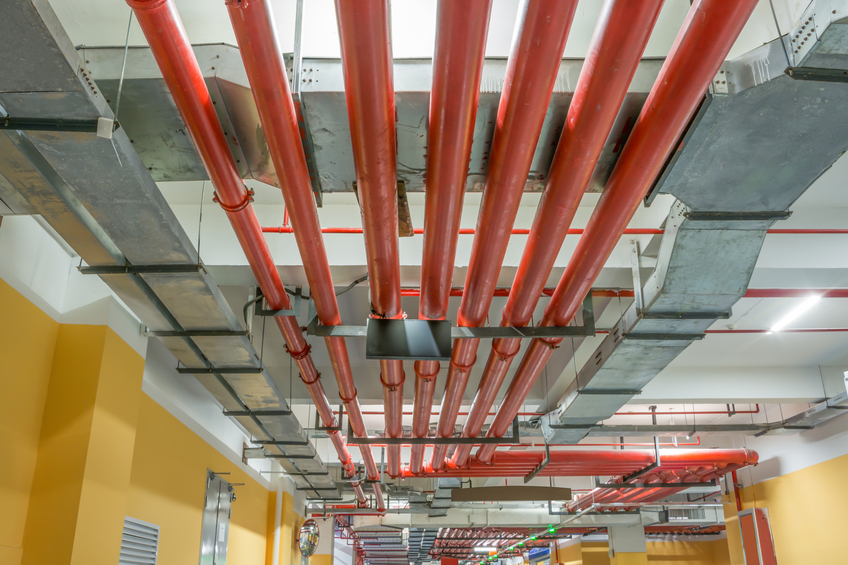Highly Protected Risk (HPR) at one time was the standard of differentiation for property risks. If you were able to achieve this classification, a limited number of insurance companies were able to provide significantly greater policy limits with a much lower rating structure than the other standard insurers.
Limits on many occasions were equivalent to the insured's total insurable values (TIV) at risk for the entire insured's company. Rates used to underwrite the risk could be anywhere from 10 to 15 cents per hundred dollars of replacement cost value for various classes of business. In addition, acceptable classes of business ranged across a large spectrum of occupancies. These included hospitals, saw mills, furniture manufacturers, energy risks, and pulp and paper manufacturers. The key driver for HPR consideration regarding occupancy was whether the occupancy could be viewed as some form of manufacturing risk by the insurance company.
If the industry requirement was met, carriers would then require those companies to:
- Meet an automatic sprinkler requirement;
- Conduct surveillance with an alarm system or security team, or have a continuously occupied facility;
- Have facilities of superior construction that would reduce fire risk;
- Have an adequate water supply in the event of a fire; and
- Partner with the insurance carrier on loss controls.
Related: New FM Global fire protection guidelines could save warehouse owners millions
|(Photo: iStock)
|What does the HPR market look like today?
The events of 9/11 and Hurricane Katrina permanently moved the market to a less discriminating view of HPR. While some carriers that had written traditional HPR faded into the sunset, new carriers entered the market. Several of these new entrants participate in multi-carrier property programs as well as offering an HPR product.
Recommended For You
Want to continue reading?
Become a Free PropertyCasualty360 Digital Reader
Your access to unlimited PropertyCasualty360 content isn’t changing.
Once you are an ALM digital member, you’ll receive:
- Breaking insurance news and analysis, on-site and via our newsletters and custom alerts
- Weekly Insurance Speak podcast featuring exclusive interviews with industry leaders
- Educational webcasts, white papers, and ebooks from industry thought leaders
- Critical converage of the employee benefits and financial advisory markets on our other ALM sites, BenefitsPRO and ThinkAdvisor
Already have an account? Sign In Now
© 2025 ALM Global, LLC, All Rights Reserved. Request academic re-use from www.copyright.com. All other uses, submit a request to [email protected]. For more information visit Asset & Logo Licensing.









